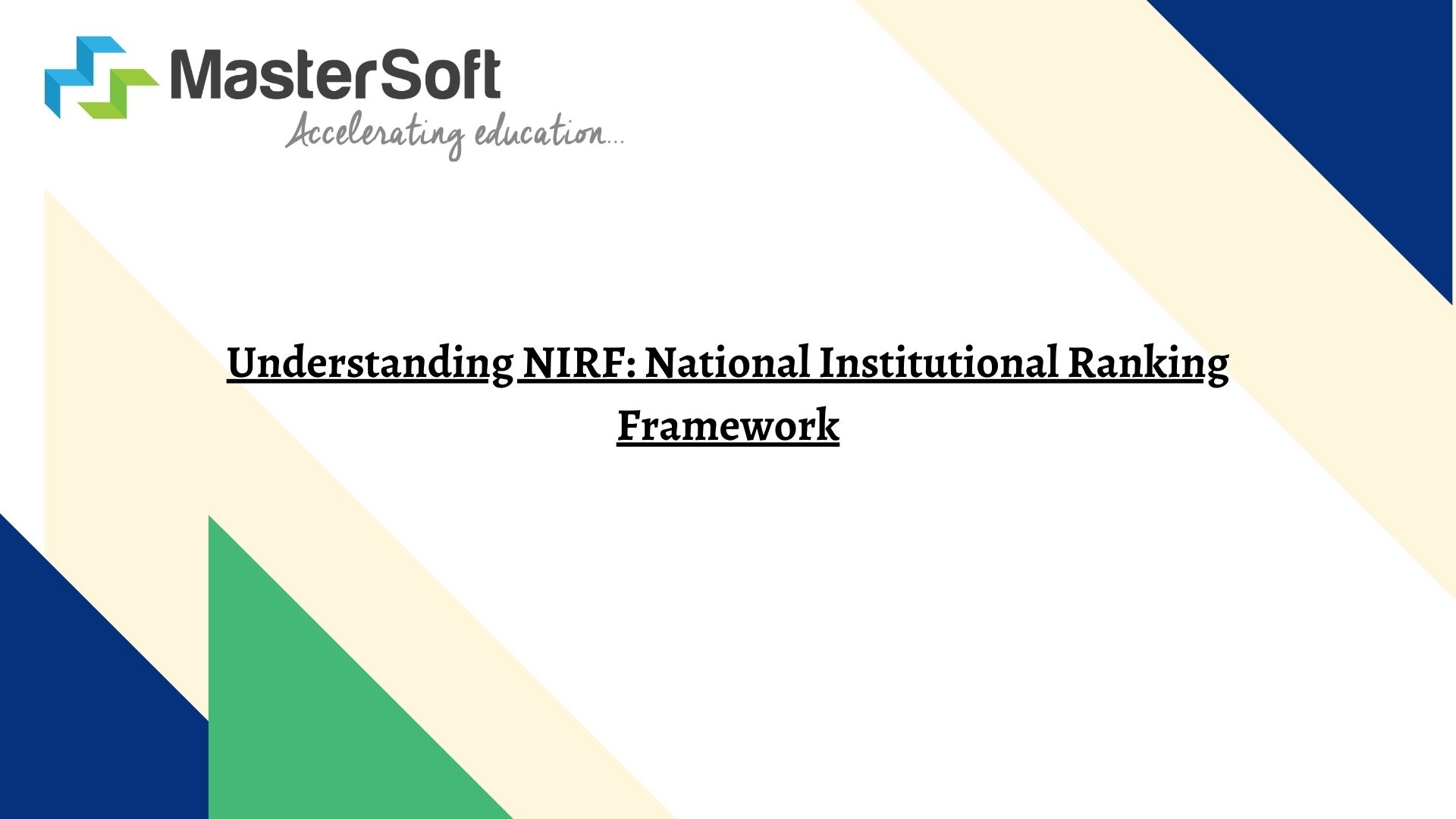In the rapidly evolving world of education, traditional learning models are giving way to more flexible, student-centered approaches. One such model that has been gaining significant attention is Competency-Based Education (CBE). Unlike conventional systems that emphasize time spent in the classroom, CBE focuses on mastering specific skills and knowledge, allowing learners to progress at their own pace.
What is Competency-Based Education?
Competency-Based Education is an educational approach that measures student success based on their ability to demonstrate proficiency in a subject or skill, rather than the amount of time spent learning it. This model is particularly appealing in today’s fast-paced world, where employers are looking for individuals with specific competencies rather than those who have simply completed a course or degree.
In a traditional education model, students move from one grade to the next after completing a set period (a semester or academic year), regardless of whether they fully understand the material. In contrast, CBE allows students to advance only when they have demonstrated mastery of the required skills or knowledge.
Key Principles of Competency-Based Education
Competency-Based Education revolves around the following core principles:
- Learning Outcomes Over Time-Based Progression
In CBE, learning outcomes take precedence. Students must show they’ve mastered a subject or skill before moving on. This shifts the focus from the amount of time spent learning to the quality and depth of understanding. - Personalized Learning Paths
Students can move through material at their own pace. Those who grasp concepts quickly can accelerate, while those needing more time can progress more slowly. This personalized approach ensures that no student is left behind or held back by a rigid schedule. - Real-World Relevance
Competency-based programs are designed to provide students with the practical skills needed in the workforce. The focus is on hands-on experience and solving real-world problems, ensuring that students graduate with relevant skills. - Flexible Assessment Methods
CBE often utilizes a variety of assessments, such as portfolios, projects, exams, and practical applications, allowing students to demonstrate their knowledge and skills in different ways. The key is demonstrating competency rather than achieving a high score on a single test. - Student-Centered Learning
Competency-based programs cater to individual student needs, providing a more flexible learning environment. This means students can access the resources and support they need, whenever they need them.
Benefits of Competency-Based Education
1. Flexibility for Students
CBE is ideal for students who may not fit into the traditional mold of education. For working adults, parents, or those looking to switch careers, the flexibility to learn at their own pace makes it easier to balance education with other responsibilities. This model also benefits students who excel in certain areas, allowing them to progress quickly without waiting for the rest of the class to catch up.
2. Increased Motivation and Engagement
Students in CBE programs are often more motivated because they have a clear understanding of the skills they need to master. The learning process becomes more engaging as students see a direct connection between their studies and their career goals.
3. Focus on Mastery
In traditional systems, students may pass a class with a minimal understanding of the material. CBE, on the other hand, requires full mastery before moving on, which ensures students truly understand what they’ve learned.
4. Career-Ready Graduates
One of the most significant advantages of CBE is its focus on real-world skills. By the time students complete a CBE program, they have demonstrated the competencies required by employers, making them more job-ready.
5. Cost-Effective Education
Since students can move through the material at their own pace, they may complete programs more quickly, reducing the overall cost of education. Some institutions offer flat-rate tuition for CBE programs, allowing students to complete as many competencies as they can within a set time frame.
Competency-Based Education vs. Traditional Education
Time vs. Mastery
In traditional education, students advance based on time — semesters, grades, or years. However, CBE focuses on skill mastery. A student could spend a week on one subject and months on another, depending on their learning needs.
Teacher-Centered vs. Student-Centered
Traditional education is often teacher-centered, where instructors control the pace and content. CBE is student-centered, with learners progressing at their own pace and demonstrating mastery in personalized ways.
Assessments
Traditional education often relies on standardized tests or time-based exams to assess student performance. CBE uses a variety of assessments, including portfolios, real-world projects, and practical tasks, focusing on the application of knowledge.
Challenges of Competency-Based Education
While Competency-Based Education offers many benefits, it is not without its challenges:
- Implementation Costs Developing and implementing CBE programs requires significant resources, including creating new curricula, training staff, and establishing a system for tracking student progress.
- Accreditation and Recognition Some employers or institutions may not fully recognize CBE credentials, especially if they are unfamiliar with this learning model. This can be a barrier for graduates seeking further education or employment.
- Instructor Training Instructors must shift from being the primary source of knowledge to facilitators of learning. This requires new teaching methods, assessment strategies, and a change in mindset, which may be difficult for some educators.
- Technology Dependence Many CBE programs rely heavily on technology to deliver content and track student progress. This can be a challenge for students in areas with limited access to technology or for those who are not tech-savvy.
The Future of Competency-Based Education
The demand for more personalized, flexible, and skills-based learning models is growing, and Competency-Based Education is well-positioned to meet these needs. With its emphasis on practical skills and mastery, CBE is particularly suited for today’s workforce, where employers seek candidates with demonstrable skills rather than just academic credentials.
CBE also aligns with modern trends in education, such as online learning and micro-credentialing, making it a versatile model for the future. As more institutions adopt this approach, and as employers increasingly recognize the value of competency-based credentials, we can expect to see a continued shift toward this model in higher education.
Conclusion
Competency-Based Education offers a refreshing alternative to traditional education by focusing on real-world skills and mastery. It provides flexibility, personalization, and a clear path to career success. As education continues to evolve, CBE is likely to play a central role in preparing students for the demands of the modern workforce.







